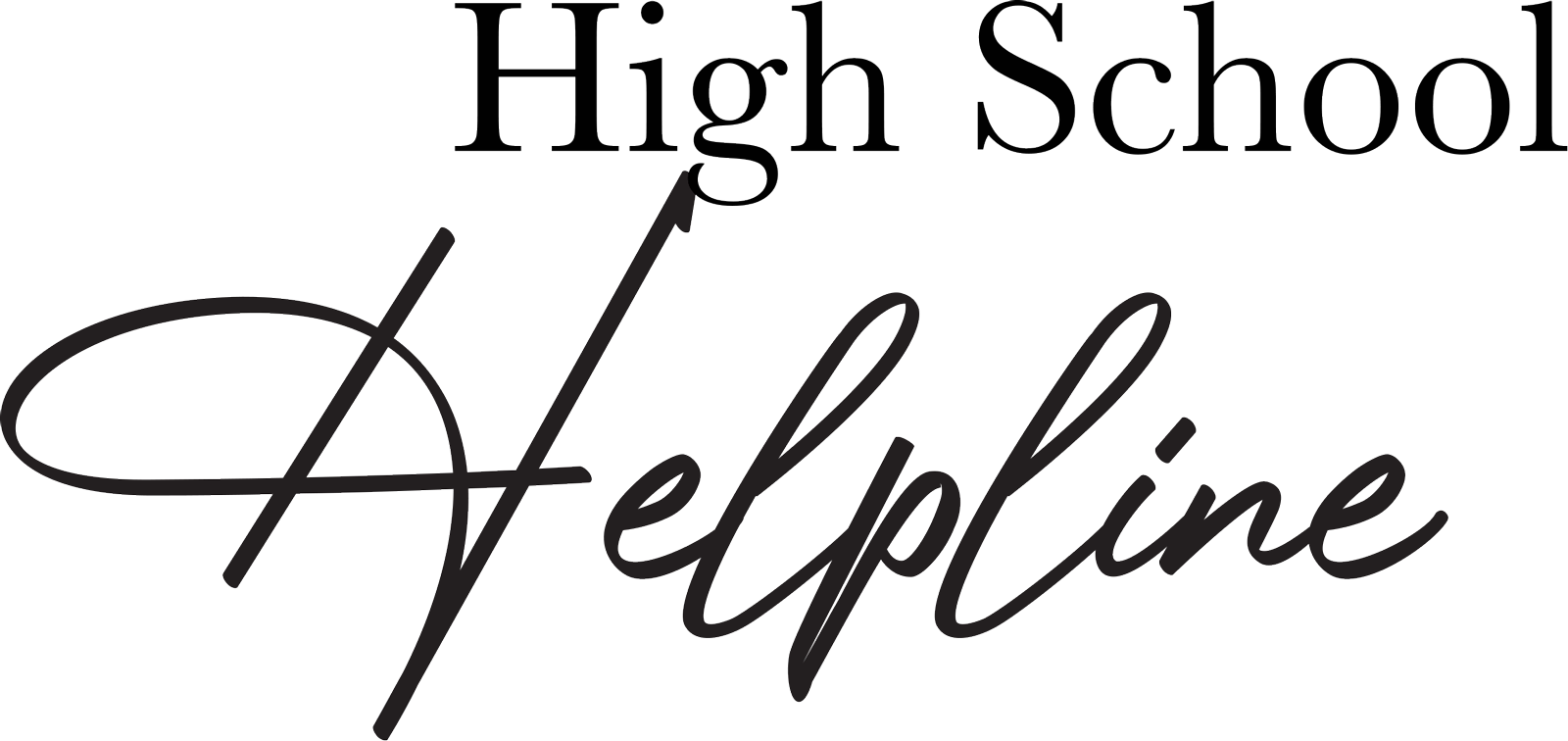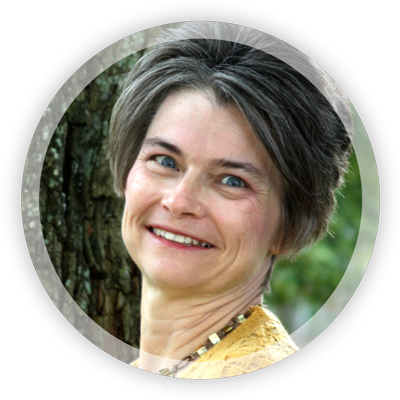
with Cheryl A. Bastian



with Cheryl A. Bastian
We’re tackling some of the most common questions parents ask and sharing simple action steps to make it easy.
Do I need to keep a traditional schedule for my high schooler?

knocked on his bedroom door, turned the knob, and opened the door slightly. “Have you completed your geometry today?” My son’s answer challenged my traditional thinking.
…there are times when breaking free from the traditional model of education allows high schoolers to thrive on their timeline and in their interests.
My second son’s home education journey introduced me to what I labeled immersion learning—setting other subjects aside for a time to make room for a project, internship, or experience. While working on his Eagle Scout project, building an 8×12 utility shed, he had to meet deadlines for city permitting. When concrete was set to pour or trusses were delivered, my son was on the job site. Algebra took a back seat in those situations; yet the threads of “construction math” and finance wove throughout his days—drawing and reading plans, measuring square footage for concrete, framing walls, obtaining funding, and working within a budget. He was immersed in the trades, mentored by a general contractor and a project manager. At the completion of the project, we added Introduction to Building Construction, Drafting and Drawing, and Interpersonal Communication (communication with city officials, supervisors, trades specialists, and donors) to his transcript. He chose to complete algebra over the summer.
The phrase “traditional high schooling” also applies to course content and progression. It’s often recommended that courses must include specific topics or be taken before or after others for credit to be awarded. There is solid reasoning and arguments for these ideas, yet there are equally valid reasons why individuals might need to detour from the traditional content or progression for a season. For example, many high schoolers study biology followed by chemistry. However, if the chemistry curriculum of choice requires substantial math for which a learner doesn’t feel ready, there is the option to wait a year before taking chemistry and allow time for math skills to be mastered. Marine biology, physical science, or zoology may be among the possibilities as the right next step for a high schooler in this situation.
Or students may want to choose this order of marine biology prior to chemistry because they have an opportunity like learning from a state wildlife expert while visiting marine ecosystems—a more hands-on, experiential approach to learning. A professional’s willingness to pass along knowledge and enhance curriculum could be the provision needed for a learner’s abilities to develop or best serve a high schooler’s career pathway.
Traditional high school timelines also make suggestions for college-entrance testing options. For example, students are encouraged to take the PSAT in ninth or tenth grade to practice before taking the exam in eleventh grade for the possibility of qualifying for the National Merit Scholarship. Although some high schoolers gain confidence by repeated attempts, other students are weighed down by the stress of the test.
It is important to observe your students and listen to how they feel about testing to determine the best path forward. For some high schoolers, obtaining a high score on the PSAT to qualify for the scholarship may not be reasonable, perhaps due to not yet completing a higher-level math. Be aware of your learner’s needs and preferences to best utilize their time and energy in the high school years.
Traditional thought might also apply to postsecondary educational plans, often promoting entrance to a four-year college immediately following high school graduation. While some learners choose this path and are highly successful, others decide to earn an associate’s degree and then transfer to a university to complete a bachelor’s degree. Still other graduates choose a vocational pathway or may continue current employment working through promotions to gain managerial positions. Though traditional educational thought touts four-year university study, it is not the sole means by which to successfully transition to the workforce.

